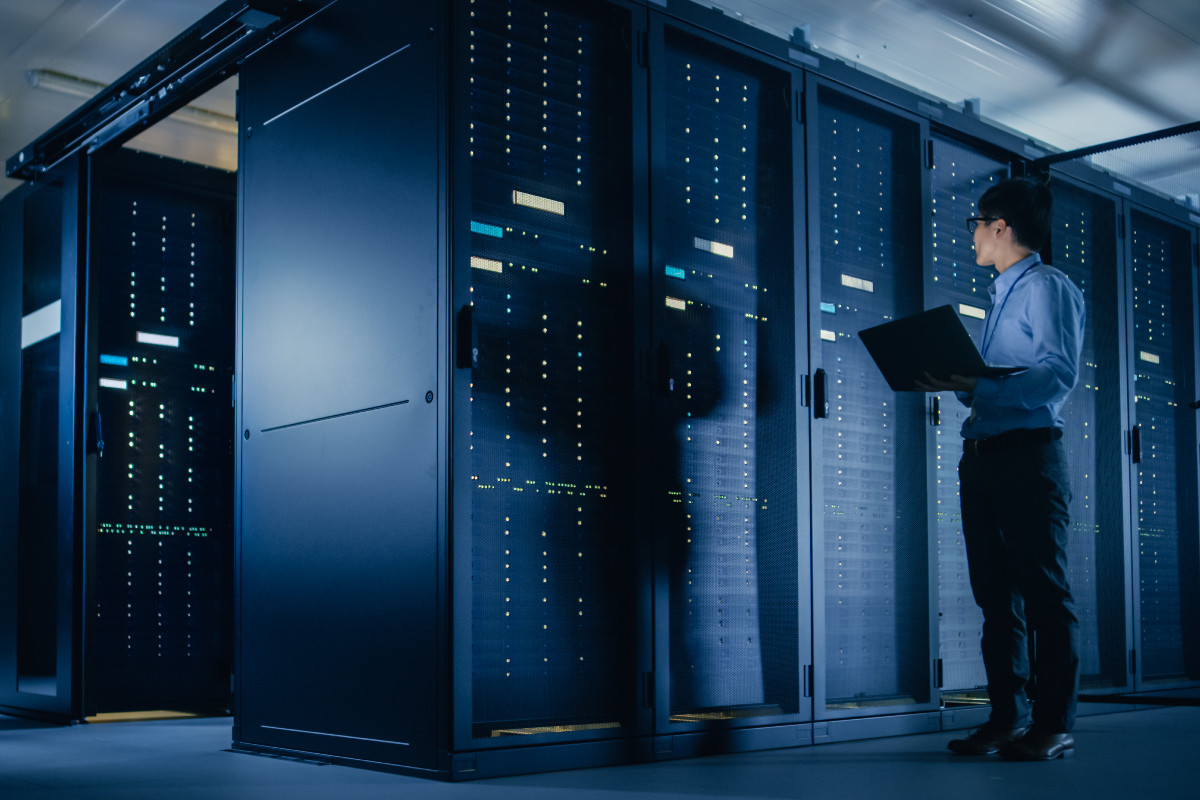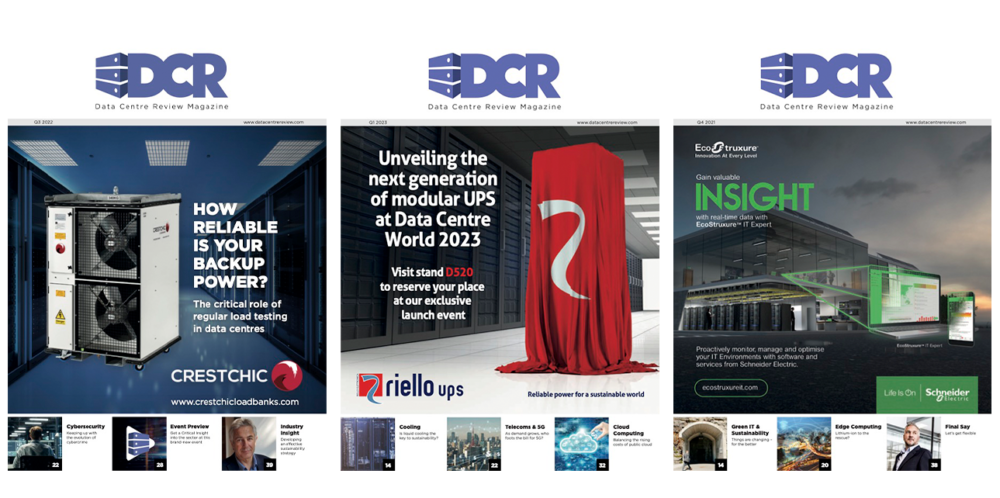Mark Pestridge, Executive Vice President & General Manager for Telehouse Europe, believes digital transformation and AI ambitions are placing colocation at the centre of tomorrow’s tech strategies.
The rapid rise of AI is reshaping how organisations operate, compete, and grow. But a proliferation of AI solutions means more workloads running in the background. S&P Global, in a global survey of IT decision-makers commissioned by Telehouse, found that 76% of AI workloads are hosted in the cloud or data centres.
However, most organisations aren’t just focusing on AI. Many remain engaged in essential, ongoing technical transformations, so colocation providers must be capable of supporting current digital demands while offering infrastructure flexible enough to scale for future AI integrations. Striking this balance is key to data centre operators servicing the market.
Heavy investment in AI
The organisations adopting AI are investing heavily in its development. 16-20% of overall workloads are AI-related. And while hyperscalers dominate the AI workloads market with 35%, third-party colocation data centres hold a 10% share of the market. There is a combination of factors that inform where organisations purchase their AI workload colocation services from. GPU as a service (18%), specialised cooling (15%), and GPU-based compute installation (13%) are the top factors.
Crucially, the GPUs that are vital for AI processing are only as reliable as the cooling systems that support them. AI applications drive significantly higher power densities, so traditional cooling systems need to be complemented by more advanced solutions in the data centre environment. Liquid technology will move into the spotlight as a result. Liquid cooling essentially needs less power than traditional air cooling, making it a more efficient, reliable method.
Liquid cooling will be central to achieving AI-associated goals, but its adoption also brings numerous other immediate benefits to data centre operators. It allows for the augmentation of rack densities, with some able to reach an impressive 100KW per rack to support a range of power-hungry workloads. And liquid cooling methods usually have a lower energy consumption, supporting cost savings and an improved PUE rating. Operators achieve a lower overall carbon footprint to support digital transformation objectives related to environmental, social, and governmental (ESG) strategies.
The importance of cloud on-ramps
Cloud on-ramps also serve to benefit organisations in their digital transformation strategies. As a direct, secure connection between a data centre and a cloud service provider, they enable faster, more reliable, and secure access to cloud services. Cloud exchanges with links to the leading cloud providers, such as Amazon Web Services and Microsoft Azure, can enable low-latency connectivity between business networks and other cloud services via a private connection.
In addition to supporting businesses with present-day digital demands from customers, cloud on-ramps are top of mind for supporting AI workloads. More than 90% of companies perceive these on-ramps as either critical or quite important to AI/ML architecture, and they can be used for multiple AI-related functions. This includes moving data into and out of the cloud for training inferencing purposes, alongside the transportation of AI-related data for analysis. Colocation services can therefore be at the centre of distributed AI workloads that make use of public cloud services.
Consultancy and value-added services
Whether for ongoing transformation strategies or long-term AI ambitions, the ability to access expert guidance is crucial for organisations. According to the research, 20% cite AI/ML consulting services as the top differentiator when considering a colocation provider. For healthcare and life sciences companies especially, the availability of IT skills and expertise is critical.
Remote and smart hands services offered by leading data centre operators can provide support and advice on where enhancements can be made to meet organisational goals. Smart hands services in colocation facilities can provide the flexibility to make configuration changes to equipment and install new equipment to support immediate priorities and AI innovations in the long-term.
Colocation at the centre of innovation
AI is reshaping the technology landscape, and what is increasingly clear is the role of colocation in supporting this evolution. These facilities offer the infrastructure, connectivity, and expertise that organisations need to balance today’s demands and the requirements of the future. Advanced cooling systems, direct cloud connectivity, and value-added services all come together to put colocation providers at the centre of evolving workloads, whether they are centred on digital transformation or AI.


